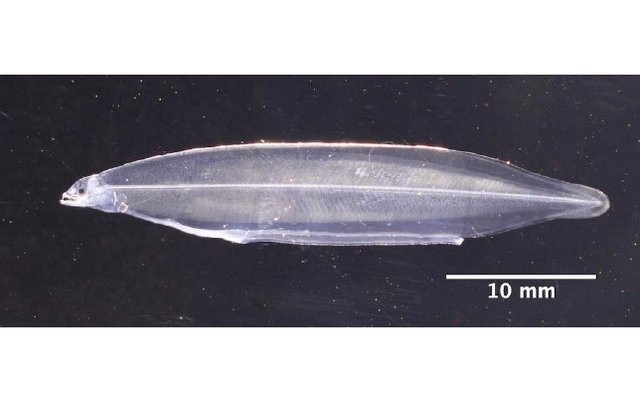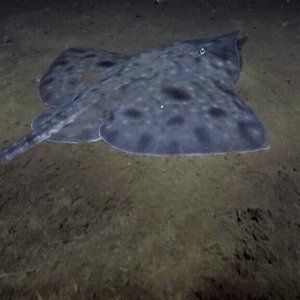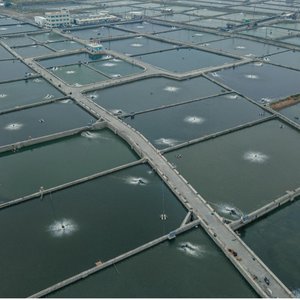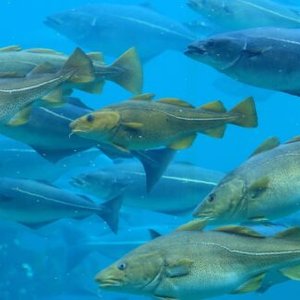Kindai University successfully produced Japanese eel seeds from broodstock grown from artificial seedlings.
Eel is an essential part of Japanese food culture and it has been attempted to breed in captivity for a long time. In 1972, researchers from Hokkaido University achieved artificial hatching for the first time. In 2002, larvae were successfully reared up to the glass eel stage for the first time, and in 2010, second-generation artificial hatchlings were born. However, mass production at a practical cost has not yet been achieved.
Currently, larvae can only be raised in special small-scale aquariums, and it is difficult to achieve mass production by simply increasing the number of aquariums or expanding the size of the aquarium. “The reality is that with the existing technologies, including those at our university, there is no prospect of mass production of glass eels at low cost,” researchers said.
“Our first goal is to raise glass eels (juveniles) that can be used as seedlings for aquaculture. In the future, we will continue working on improving feed for larval fish,” researchers from Kindai University Fisheries Research Institute, said.
“Most of the current breeding techniques at our university are based on those developed by the Japan Fisheries Agency. In the future, we will take on the challenge of improving feed for eel larvae using our university's unique approach, based on the technology and experience cultivated to date by Kinki University Fisheries Research Institute, which is known for tuna,” researchers said.













